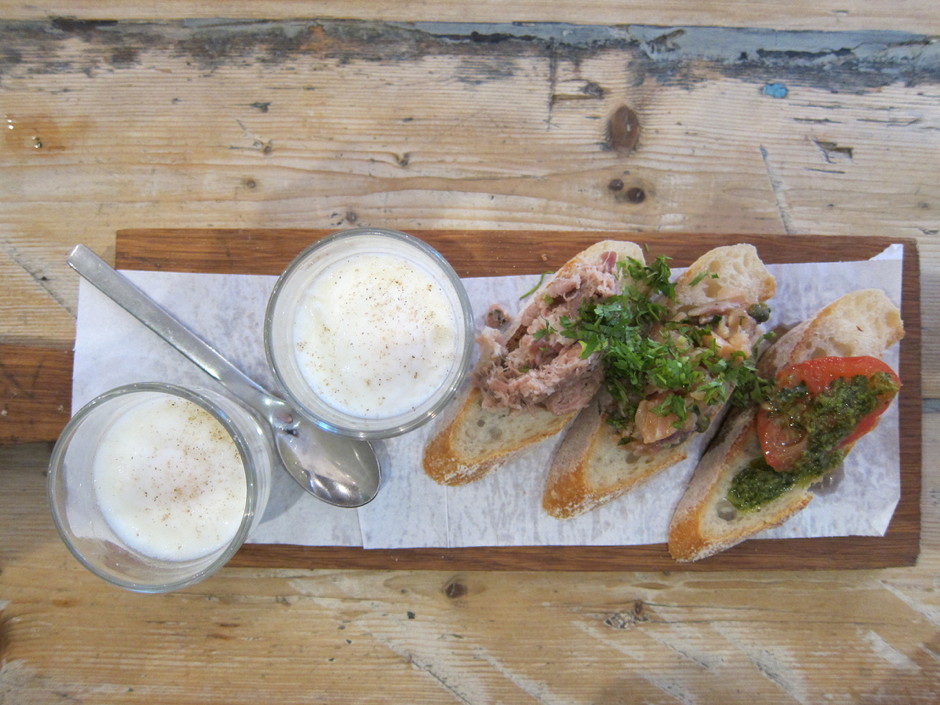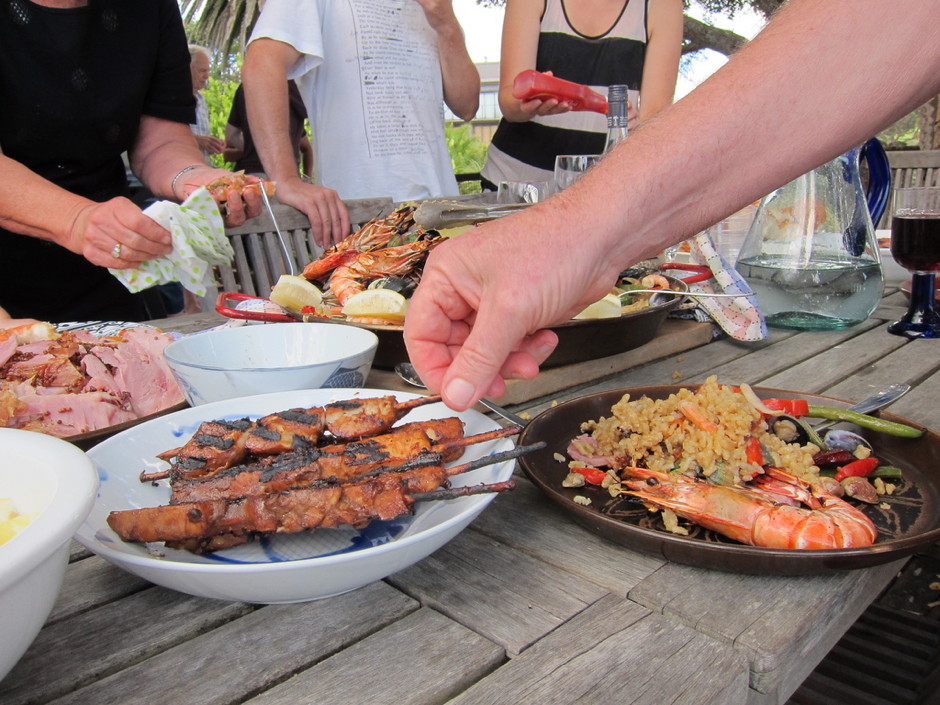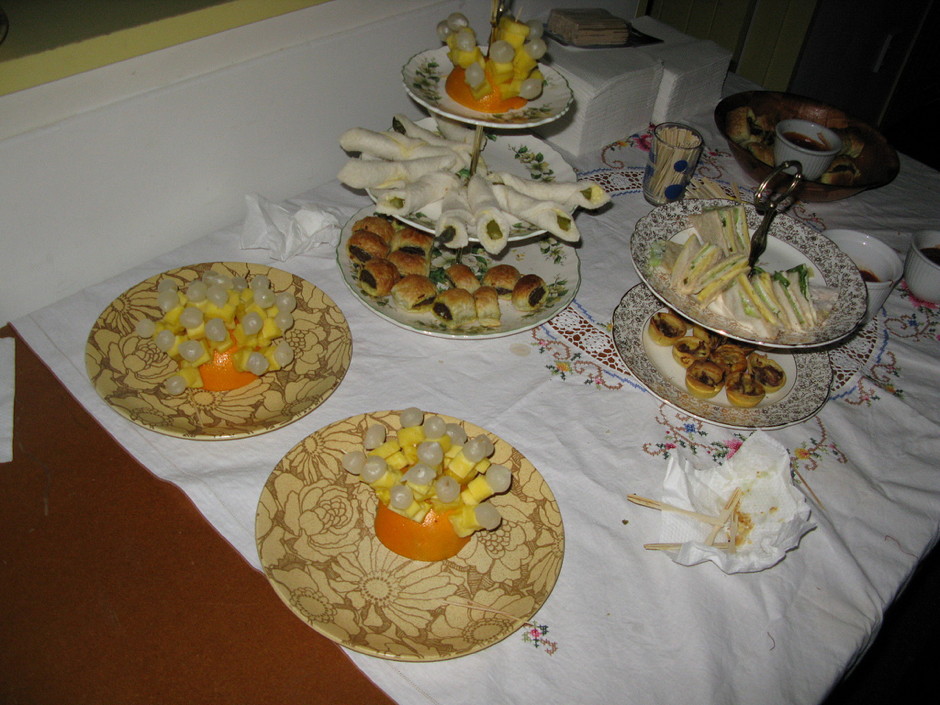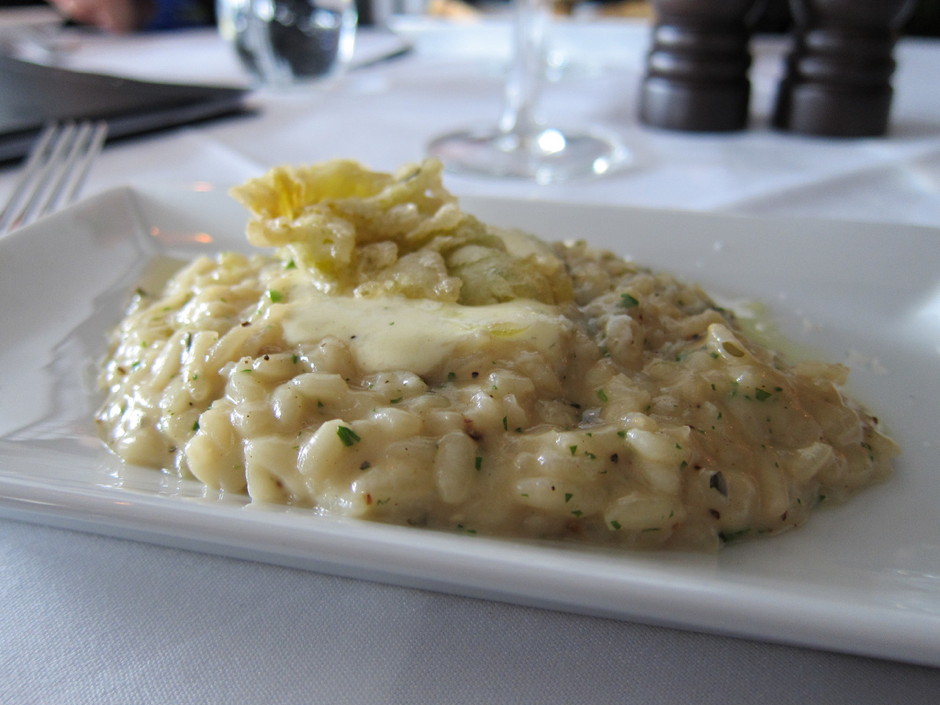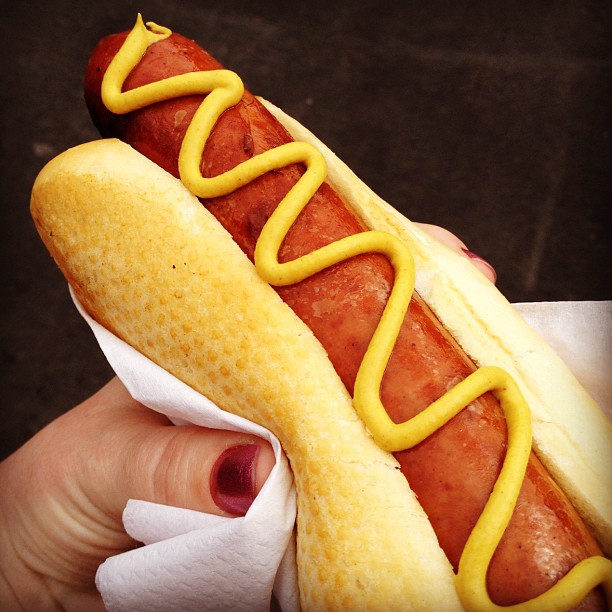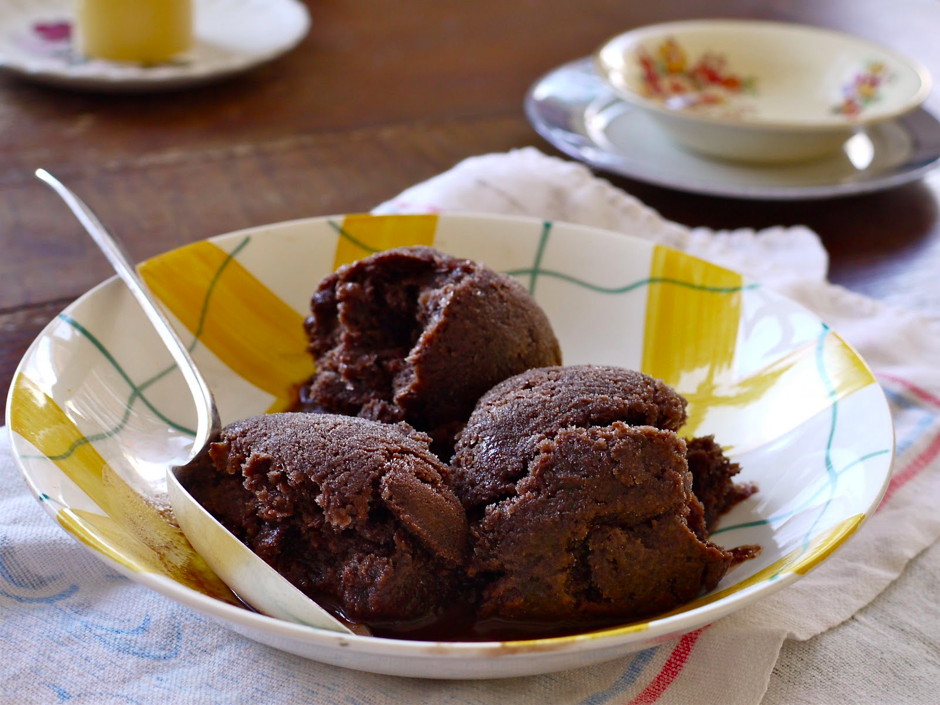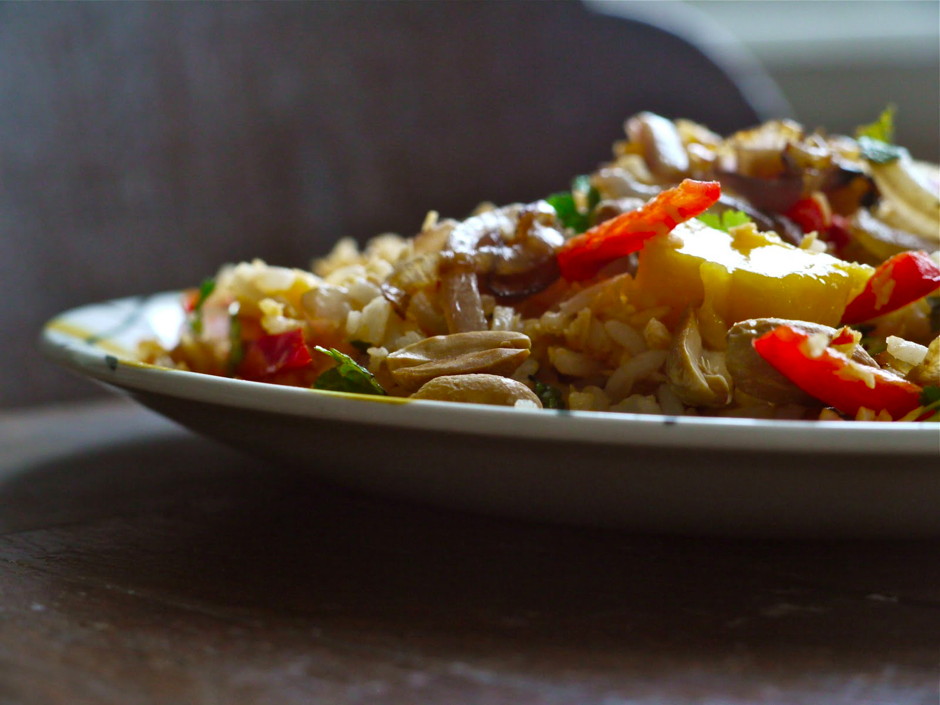It's become a bit of a cliche - bad photos of food on the internet. You know the sort - the enthusiastic photo of someone's dinner in progress that looks like it's already been digested. But no one sets out to deliberately take bad photos of food, it's just that it's an easy thing to do badly - things that smell and taste amazing don't always look amazing.
There's great entertainment to be had in bad food photos. Tumblr blog Cook Suck, rightfully takes the piss out of people who post photos of their rice, hard-boiled egg and mystery meat masterpiece, and Amateur Food Porn Has Got To Stop works with the thesis that "there has not been one single amateur picture of food on a social media site that does not look like a pile of grey-beige recycled meatloaf."
But how can you take nice photos of food? Well, I gathered up what I learned from my three years photographing everything cooked on the Good Morning show, and then I got some more advice from food blogger Laura Vincent. Laura takes her own photos for her brilliant blog Hungry and Frozen, and was happy to share some tips.
Wait till it's cooked
Even though it smells really good when it's cooking, stay away from the pot. This is when food is most likely to resemble something that's been violently issued from the human body.
Laura says she's given up taking photos while she's cooking. "Unless you're very skilled they don't usually look great, and I'm not good enough to (a) make it look beautiful and (b) not screw up the cooking process by pausing for photos."
Put it on a nice plate
On Good Morning, I'd go to take a photo of food still in the pot, but the food presenter Astar would tell me off, quickly plating up the food. It doesn't have to be anything fancy. Just serve your food on a nice plate, and clean up any little splatters that won't look good in a photo.
Garnish
It's almost a cliche, but it's surprisingly how nice a little extra touch will make a dish look. This works especially well with dense brown dishes, most at risk of looking like poo. You don't need to go over the stop (and Laura isn't a fan of dressing the plate for photos), but a sprig of a fresh green herb or a wedge of lemon can bring a dish to life.
Look around you
A good setting makes all the difference. When Laura started out, she tried going for a "gritty and raw" look with "soy sauce stains on the wall, bulk toilet paper living on the kitchen table, it all stayed. After a while I got wise to how gross and unappealing this looked."
Macro is your friend
If you're going to be getting close to your subject, then using the macro setting on a camera will work best, ensuring your food is in focus. A lot of modern digital cameras will figure this out automatically, otherwise it's the setting with a symbol that looks like a little tulip.
No flash
Using a flash can give your photos a flat look. Natural light is best, but if you're shooting at night, position your dish to take advantange of electric lights. One big challenge I faced at Good Morning was positioning dishes to avoid the strong shadows of the studio lights.
Pick a good angle
Try taking a few different angles. Looking straight down can sometimes have that police-evidence feel, so try a side angle. Laura has a favourite: "You generally can't go wrong with snapping the plate of food from in front of it, surrounded by table, from not too high or low an angle.
Watch the filters
Instagram, a very popular iPhone photo app, is famous for its vintage-style filters. Some of the filters can make food photos look very styley indeed (Laura's also a fan). But Instagram filters look best when you're enhancing a good photo, not trying to improve a bad photo.
Think before you post
This is the big one - is this something you really want to share? Laura puts this nicely - "Actually look at your food before you photograph it. Is it attractive? Nice colours? Elegant? If it's a spoonful of loose macaroni cheese in an arcaroc bowl, you'll have to work hard to make it like something people reblog on tumblr. For the right reasons."
And while a picture speaks a thousand words, sometimes 140 characters can do a better job of describing the deliciousness of the barbecue pork roll you had for lunch, rather than a photo of a half-eaten mess.
Practise
Just like cooking, it takes practise to get good at food photography. Keep taking photos, think about which ones you're going to share on social media, and soon enough you'll have people salivating at their smartphones.
In the meantime, here are some photos to inspire. And as always, feel free to share your own food photography below!
